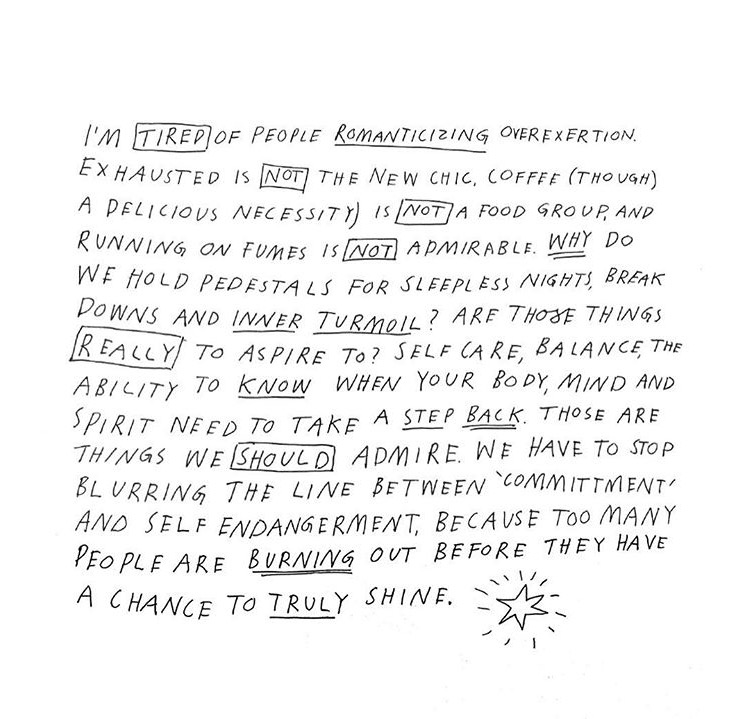In the table talk about health and wellness/managing exam stress, we talked about what we (and Cornell) can do better for students. While a lot of the ideas that were presented for how Cornell can do better is very unlikely to be achieved (these ideas included stuff like “get free stuff” and “get free messages”), I think we should all be held accountable for managing our own final exams stress. Finals are stressful, yes, but there are things you can do to make it less stressful for yourself, and there are things that students do that exacerbate the stress.
One tip that I have is to avoid/limit distractions. For most of this semester I have not allowed myself to watch Netflix unless it’s a Friday night, and I mainly stuck to podcasts as my main source of entertainment. I know some people like the mindset of “treat yo self”, but really, one episode of Netflix can turn into 3 or 4 or 5 very very fast.
Another tip is to prioritize. There was a study done that said that if you had 1-3 priorities that day, you will accomplish 1-3. If you have 4-6, then you’ll accomplish 1-2. More than that, and it’s likely you won’t accomplish any at all. This was something that one of my professors shared with me at the beginning of this semester and I really took the advice in trying to prioritize my day. Yes, sometimes you have several important things that you have to accomplish, but if you could only accomplish ONE, which one would it be? I think someone at the table talk (because I brought this up) asked me what I’d do if I had multiple things due the next day. Truth is, that has actually never happened to me because I end up staggering every assignment out over the course of a week/month so I’m always early in turning in my assignments and studying for my exams. This method will get you way ahead of your coursework (and this is coming from me, a stats/premed taking 22 credits this semester, working almost 20 hours a week, and still getting 8 hours of sleep a night, have a social life, and doing well!) so I recommend you giving it a try (or at least a thought) if you haven’t.
I think the last piece of advice for managing your exam stress is to take care of yourself. Don’t skip meals, and sleep is really more important than people give it credit for. I cannot count the number of times this semester where I went to bed late after being stuck on a programming problem–but when I wake up refreshed, the solution would come to me very quickly.
Hopefully everyone has a successful exam season! But I know we are all looking forward to the summer 🙂

